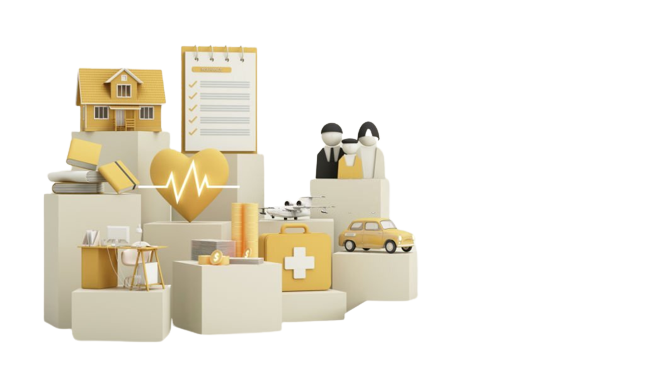
In addition to cutting-edge medical facilities, the hospital asset management system also plays a role in ensuring that patients receive the correct care at the right time in a hospital environment.
To reduce time, many hospitals and healthcare organizations use digital hospital asset monitoring. But, for efficient asset tracking, they should also adopt hospital asset management programs.
We’ve listed the top five ways hospital asset management software may benefit patients and healthcare professionals. The finest hospital asset monitoring software may assist to raise staff efficiency, enhance patient care, and save expenses.
Hospital Asset Management Software
More effective patient care:
Any healthcare firm may improve patient care by using hospital asset monitoring software effectively. Regrettably, qualified healthcare staff is frequently sidetracked by other tasks, endangering this high level – locating misplaced items and handling unplanned repairs.
Treatment of patients, wait times, and bed availability may all be impacted by these issues.
A healthcare asset management system, however, makes sure that resources are available to both patients and medical staff. Having a system also makes it easier to handle orders and stocks. By doing this, healthcare professionals may spend more time with their patients and save time.
Productivity:
Over 30% of NHS nurses in the SG spend more than an hour every shift seeking equipment, according to a NursingTimes.net poll. In addition to costing almost S$900 million each year, this diverts nurses from patient care – and the stat is not too far Singapore’s health system.
Resources can be easily tracked thanks to a system in place. This helps nurses and doctors to save time. Also, considerably more well-scheduled maintenance and equipment downtime results in higher productivity. This lessens interference and makes it possible to do maintenance at night.
Asset administration:
Given that manual management might result in errors, however, the programmed and automated system has little to no error, so this healthcare software can assist save a lot of money. To plan upcoming expenses, effective management may examine data and patterns.
You can more effectively link orders and inventories with maintenance planning. So, you may save money by making large purchases and using economies of scale. Saving money by preventing resource loss is another benefit. You can be notified using some hospital asset tracking systems, which reduces the risk of theft and the expense of replacing stolen assets.
Obtaining correct asset reports might offer insightful information:
The majority of healthcare software focuses on compliance and reporting, which makes it simpler to track audits and data. Decisions about resource lifecycles, upkeep, and laws are made easier as a result. Moreover, it facilitates data delivery for management meetings and inspections. Manual recording and management techniques only record information that is consciously remembered. Instead, it is more effective to automatically capture exact data.
Enhance management of medical waste disposal:
When it comes to getting rid of medical waste, hospitals have a greater duty of sanitization. To prevent endangering people or the environment, this rubbish must be properly disposed of. This waste may be radioactive, chemical, biological, or pharmaceutical.
IoT in Healthcare Asset Management:
The global healthcare industry has never been under such heavy strain. Hospitals are fighting for vital medical supplies as resources are running out rapidly. An unparalleled catastrophe has undoubtedly been brought on by the worldwide epidemic. Nevertheless, if we go back to just before all of this, the healthcare sector had long struggled with efficient resource management and asset use.
Wireless tracking technologies and real-time location systems have emerged with the Internet of Things (IoT) to address asset management issues across sectors. The potential influence on healthcare is enormous. Hospitals may create a real-time map of all key mobile assets across their facilities, from patient beds and wheelchairs to defibrillators, infusion pumps, ventilators, and portable endoscopic equipment, by installing an IoT-enabled wireless tracking system.
Enhance patient care and expedite response times:
Medical equipment needs to be easily accessible, capable of working correctly, and safe to handle the inflow of patients. Front-line nurses may increase productivity, decrease patient wait times, and speed up reaction times in crises by being able to find assets in a matter of seconds. Good tracking allows for prompt sanitization, maintenance, or reordering of items and equipment so that they are available right away when they are most required.
Increasing Asset Utilization:
When medical personnel is aware of which assets have been lying unused for a long, they may reevaluate their demand and think about moving them to places and facilities where there is a greater need. With the use of location data, misplacement, and theft attempts may also be prevented and the usage rate increased.
Read More: Asset Tracking System
Minimize expenses:
Full asset insight makes it possible to calculate an exact inventory and anticipate utilization, which enables hospital management to make wise purchase choices to reduce unnecessary orders. In turn, this removes excess inventory of underutilized assets and related maintenance expenses, allowing money to be allocated to essential equipment that is in high demand.







